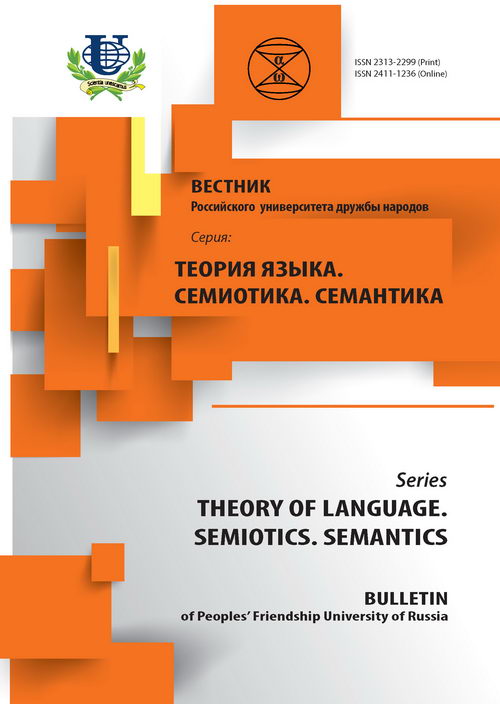Zoometaphors as Linguocognitive Component of Cross-Cultural Communication: Russian-Turkish Comparative Study
- Authors: Mamontov A.S1, Moroslin P.V1
-
Affiliations:
- State Institute of the Russian Language n.a. A.S. Pushkin
- Issue: No 1 (2016)
- Pages: 139-143
- Section: Articles
- URL: https://journals.rudn.ru/semiotics-semantics/article/view/7216
Cite item
Full Text
Abstract
Zoometaphors of two typologically nonrelated languages - Russian and Turkish being the object of the investigation, play an important role in the process of cross-cultural communication and are able to cause interferences in mutual understanding In course of comparison, it has been revealed that senses of some zoocharacteristics can differ greatly despite the fact of coincidence of extralinguistic basis of zoomorphisms. The article has treated the cases of non-coincidence of metaphors analyzed on the plane of nomination, in onomasiologic and semasiologic aspects, involving cognitive point of view as well as the viewpoint of ethnopsycholinguistics. Comparative analysis of language material of nonrelated languages and cultures allows come to a conclusion on the existence of both universal and specific features of zoomorphisms which represent the background of zoomorphic metaphors. The word stock of each language used by native speakers in cross-cultural communication reflects national language usage, peculiarities of its material and spiritual culture, while the results of this reflection reveal themselves in such linguocognitive phenomenon as methaphor which makes an important part in ensuring dialogue of cultures.
About the authors
Alexander S Mamontov
State Institute of the Russian Language n.a. A.S. Pushkin
Email: inbox@pushkin.edu.ru
Pyotr V Moroslin
State Institute of the Russian Language n.a. A.S. Pushkin
Email: mpV_1950@mail.ru
References













